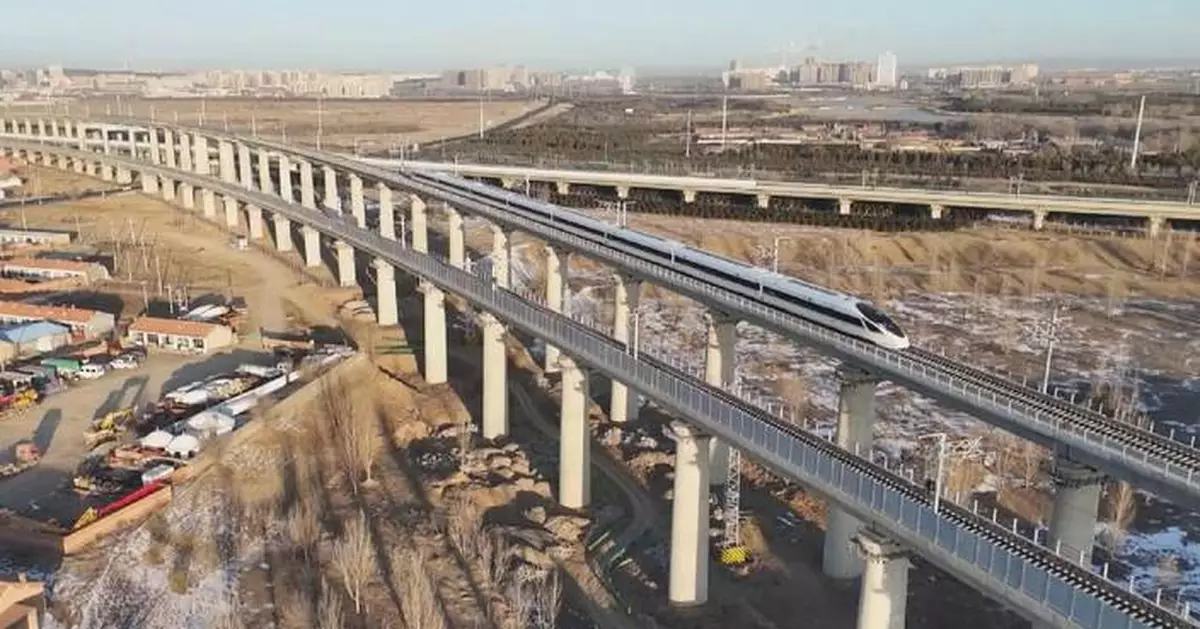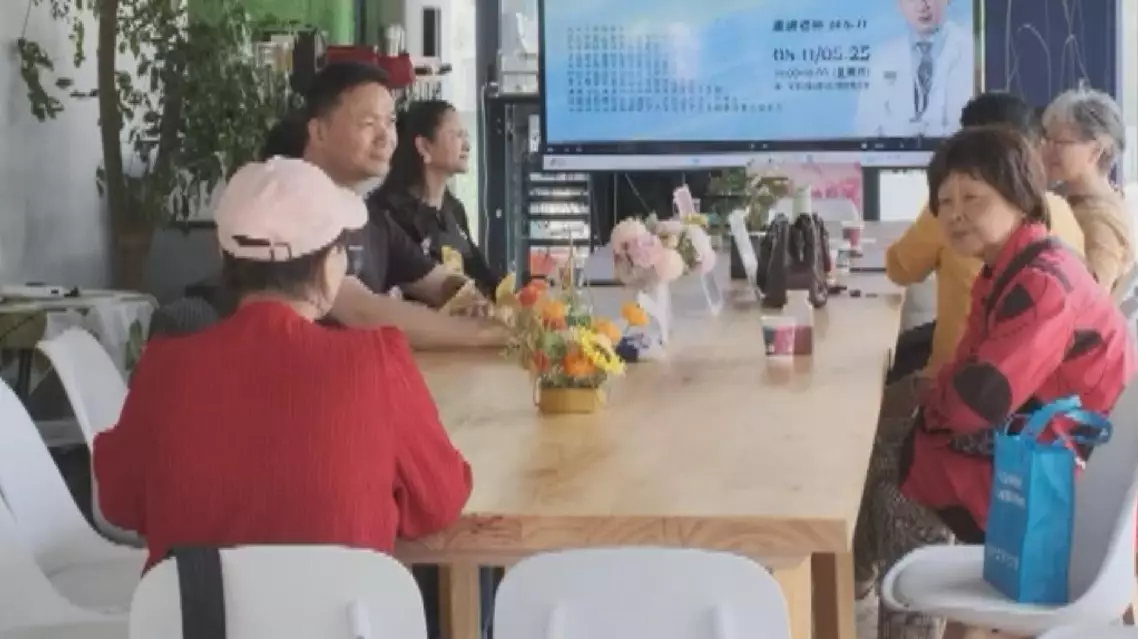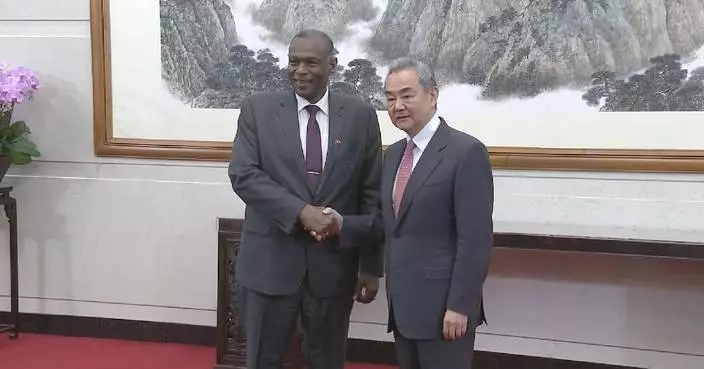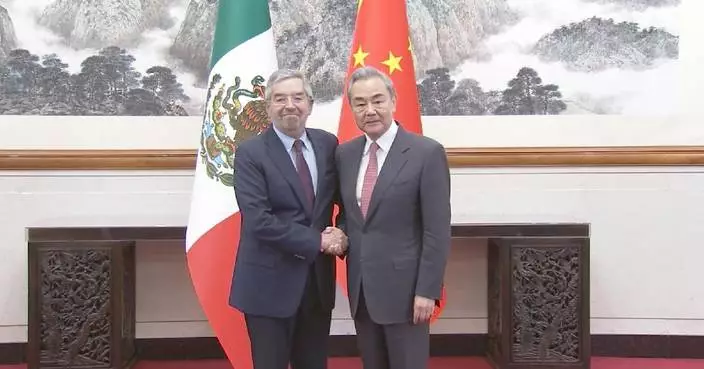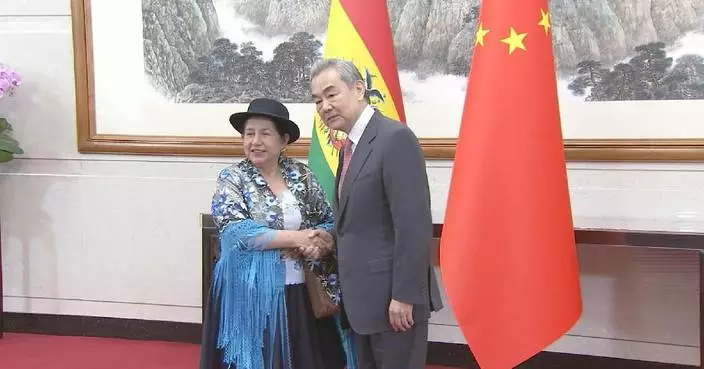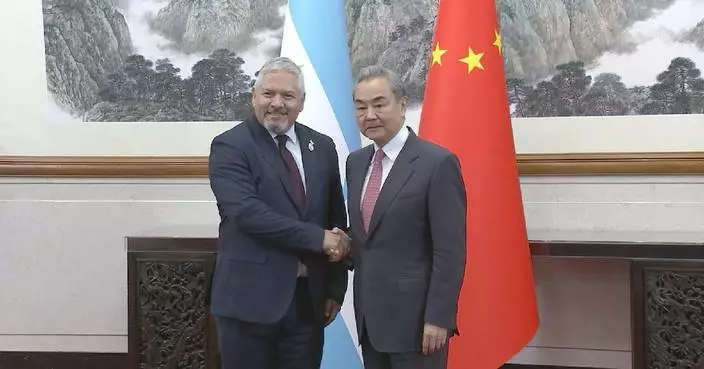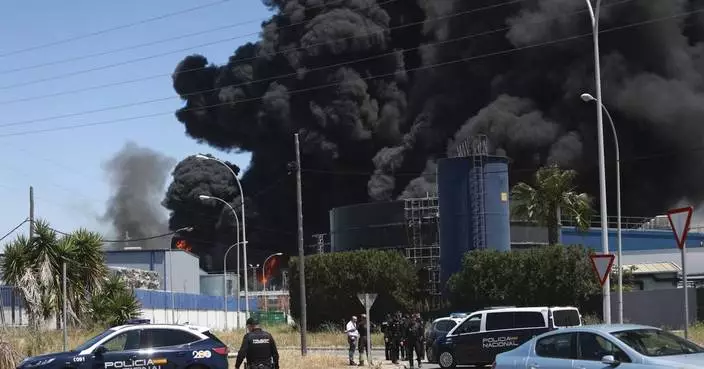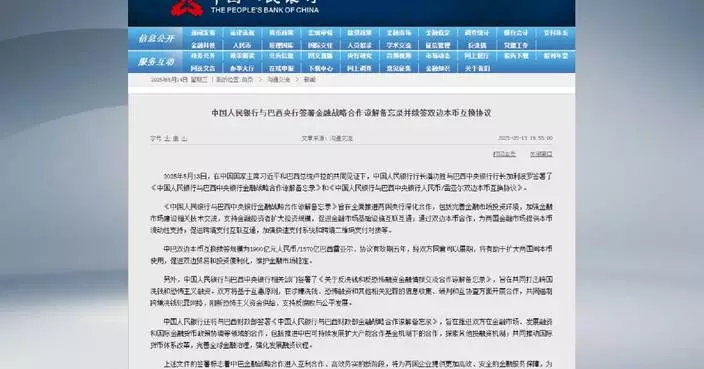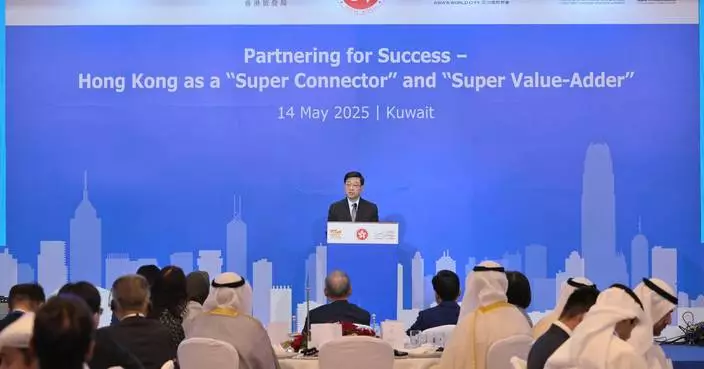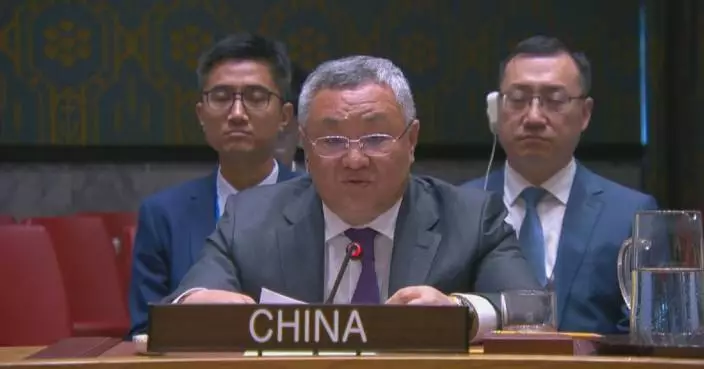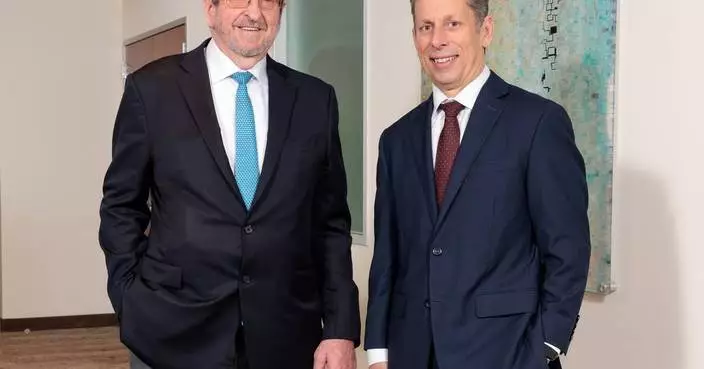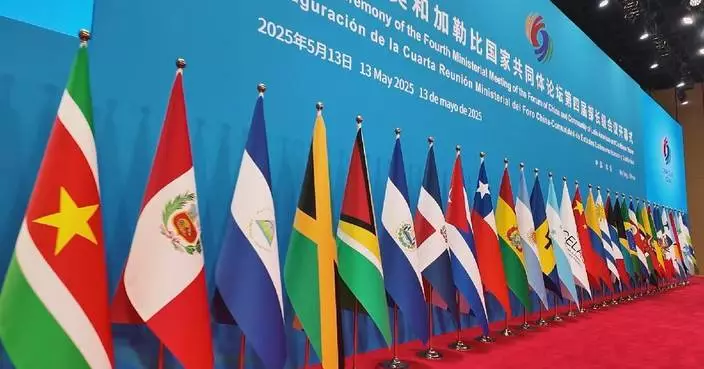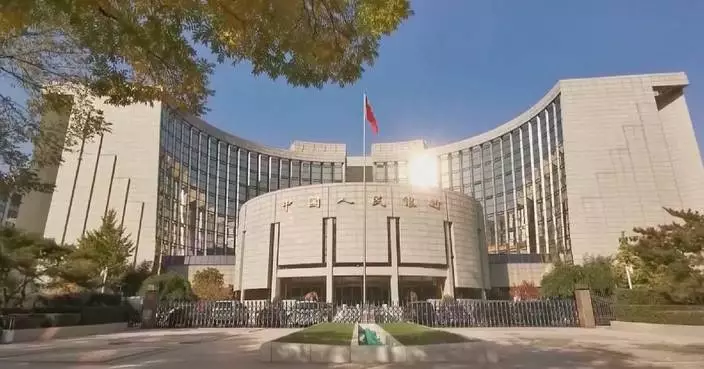China's railway department on Sunday implemented a new train timetable for railways across the country, after which 13,028 passenger trains are scheduled, 230 more from the previous one.
After the adjustment, cross-border trains increased significantly, with the number of daily cross-border EMU trains on the Guangzhou-Shenzhen-Hong Kong High-Speed Railway increasing to 242.
The new timetable also strengthened the link between mainland and Hong Kong. For the first time, EMU trains from Xi'an North Station, Wuhan Station, and Jieyang Station to Hong Kong West Kowloon Station were put into operation. The round-trip travel time of high-speed trains and EMU sleeper trains between Beijing West and Hong Kong West Kowloon was shortened by 33 minutes and 59 minutes respectively.
The running time of trains heading south from north has been greatly shortened under the new timetable. For example, the fastest time between Hohhot, capital of the Inner Mongolia Autonomous Region in north China, and Chengdu in southwest China's Sichuan Province will be shortened to 10 hours and 43 minutes, about 13 hours shorter than before.
"We will upgrade 10 pairs of high-speed trains, including the G920 from Shenyang to Beijing and the G3603 from Changbaishan station to Beijing's Chaoyang station, into Fuxing intelligent EMUs, which will provide a more comfortable and quieter riding environment," said Guo Shuang, a staff member of the National Railway Shenyang Bureau.
After the adjustment, the total number of freight trains running on railways nationwide will reach 22,859, an increase of 91 from before, to ensure the transportation of key materials during the Spring Festival travel rush.
Additional freight trains will run on multiple railways linking Lanzhou in northwest China's Gansu Province to improve the transportation capacity of coal from Xinjiang. The total number of freight trains for direct bulk delivery will exceed 400, providing strong support for winter energy supply and the smooth operation of the national economy.
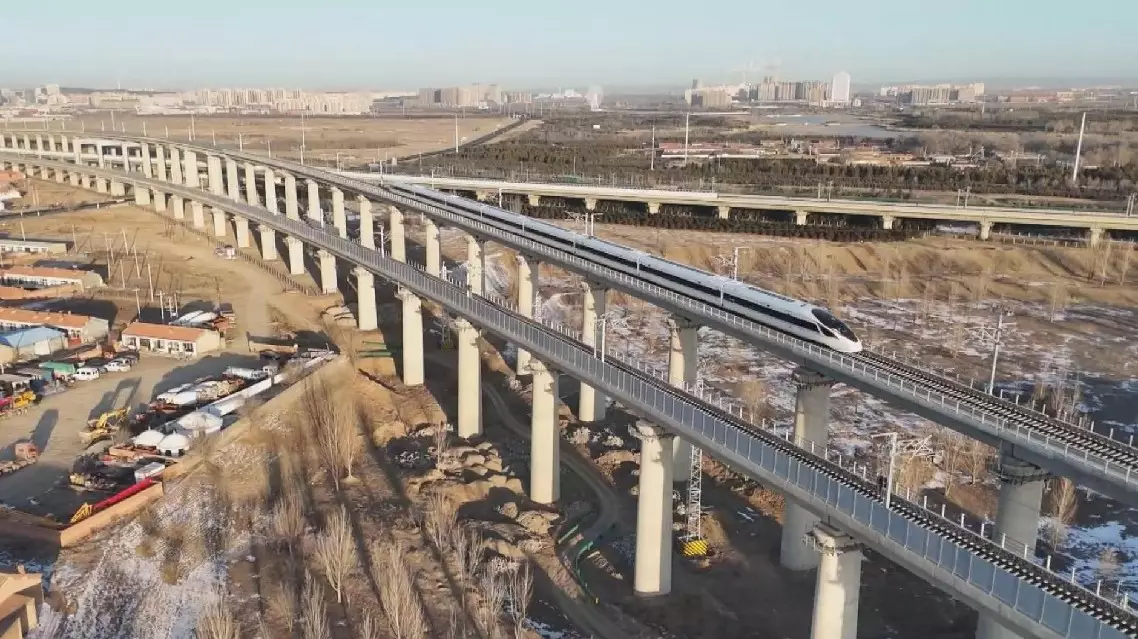
China updates train timetable for railways across country


